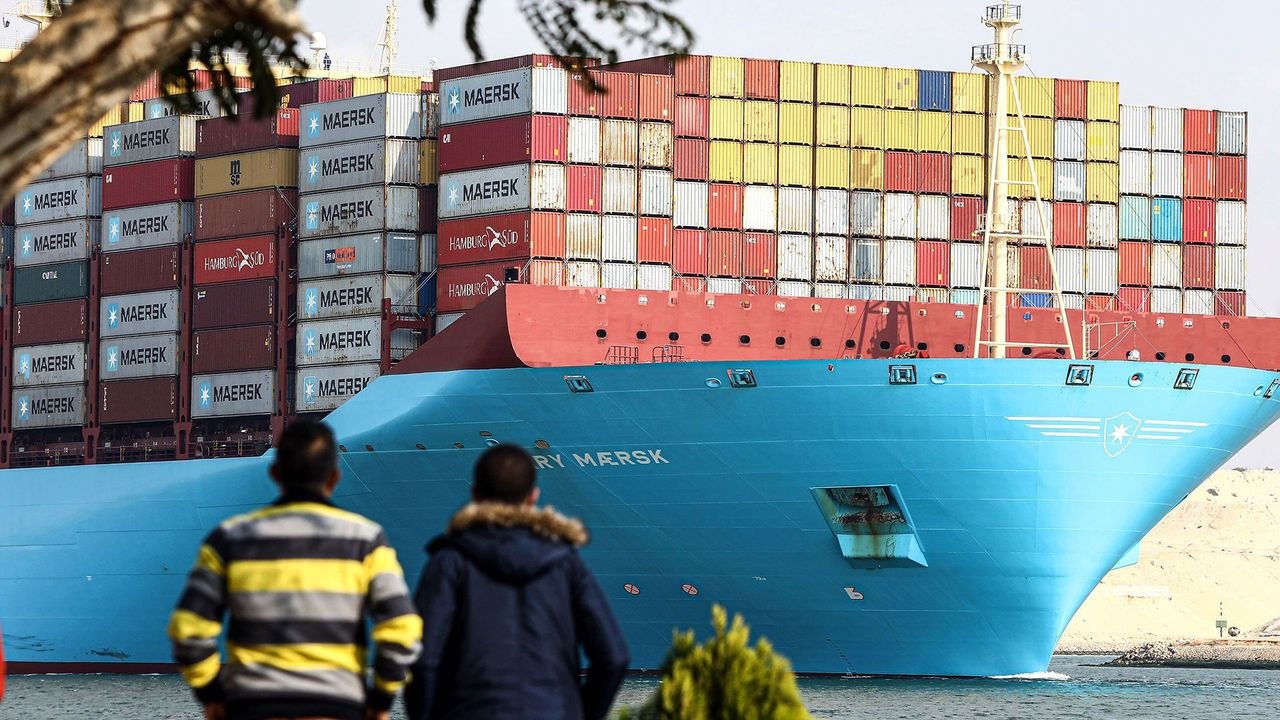
Ever wondered what life is like aboard a massive shipping vessel as it crosses oceans and navigates global trade routes? Shipping vessels are the workhorses of international trade, transporting everything from electronics to food across vast distances. In this blog post, we’ll explore a day in the life of a shipping vessel and what happens on board—from sunrise to sunset.
1. The Start of the Day: Early Morning Routine
Life aboard a shipping vessel starts early. The crew’s day begins before sunrise, with the ship’s officers and crew members performing daily inspections and maintenance tasks. The ship’s engineer checks the engines and machinery to ensure everything is running smoothly, while the deck crew inspects safety equipment, cargo lashings, and navigational instruments. Maintaining a ship requires vigilance, and regular checks are critical to avoid potential issues during the voyage.
In the bridge (the control center of the ship), the officer on watch monitors the vessel’s position, course, and speed, ensuring it stays on its planned route. Communication is essential, so the crew maintains contact with shore-based authorities, relaying updates and receiving instructions as needed.
2. Mid-Morning: Navigating the High Seas
As the sun rises higher, the shipping vessel continues its journey. For the crew, the mid-morning hours involve handling the day-to-day operations that keep the vessel running smoothly. The deck department is responsible for maintaining the ship's exterior, such as cleaning the deck and performing routine repairs. On the bridge, the captain and officers analyze weather reports and navigational data to determine the best route forward, avoiding storms and high-traffic areas.
During this time, the crew may also perform routine drills, such as fire and lifeboat exercises, to stay prepared for emergencies. Safety is a top priority on any shipping vessel, and drills are mandatory to ensure everyone knows their role in case of a crisis.
3. Lunchtime: Crew Meals and Downtime
Around noon, the crew gathers for a meal in the mess hall. Mealtimes are a rare opportunity for the crew to relax and socialize. On long voyages, the food prepared on board is vital for morale, so cooks take special care to provide hearty, balanced meals. Fresh produce is often scarce after several weeks at sea, so creativity is key in keeping meals interesting.
After lunch, crew members may have a short break, catching up on sleep, reading, or chatting with fellow sailors. Life at sea can be isolating, and these small moments of camaraderie help keep spirits high during long voyages.
4. Afternoon: Cargo Operations and Maintenance
In the afternoon, focus shifts back to operations. If the vessel is approaching a port or passing through a shipping channel, the bridge team prepares for complex maneuvers. Ships often need to adjust their speed or course to avoid collisions in busy waters, and the crew stays on high alert during these critical phases.
Cargo ships also have to manage onboard tasks, like monitoring the condition of refrigerated containers (reefers) or adjusting ballast tanks to maintain balance. The engine room remains a hive of activity, with engineers ensuring that all machinery is running efficiently and troubleshooting any issues that arise.
For vessels in transit, afternoons can involve ongoing training sessions or equipment checks. Shipping vessels operate 24/7, and the crew works in shifts to ensure someone is always monitoring critical systems and keeping the ship on course.
5. Evening: Shipboard Routine and Night Watch
As evening falls, the crew begins another round of inspections and reports. The watch changes hands, with a fresh officer taking over monitoring duties in the bridge. At this time, the officer on watch ensures the vessel’s position is updated and that navigation lights are on for safe nighttime travel.
For those off-duty, the evening offers a chance to unwind. Crew members might watch a movie, call home if internet access is available, or simply relax in their cabins. Entertainment options on a ship can be limited, but maintaining a work-life balance is important, even in the middle of the ocean.
6. Nighttime: Silent Vigil and Steady Progress
During the night, the ship presses forward in near silence. The engine hums steadily below deck, while the officer on watch keeps an eye on the radar, AIS (Automatic Identification System), and navigational charts. The open sea is often pitch black, with only the ship’s lights illuminating its surroundings. On clear nights, the sky is a stunning canvas of stars—a view few get to witness.
While most of the crew sleeps, the night shift remains vigilant, ready to respond to any alarms or unexpected situations. Shipping vessels face constant challenges—be it changes in weather, nearby vessels, or potential mechanical issues—so the crew must always be prepared.
7. The End of the Day: The Cycle Continues
As dawn approaches, the cycle begins again. A shipping vessel operates like a well-oiled machine, with every crew member playing a critical role. Whether it’s navigating treacherous waters, maintaining heavy machinery, or handling cargo, life on board is a mix of routine, vigilance, and teamwork.
For those on shore, it’s easy to overlook the sheer complexity of maritime logistics. But every container delivered, every product that arrives on store shelves, is made possible by the dedicated crew aboard these ships, working tirelessly to ensure the world’s goods reach their destination.
Conclusion
A day in the life of a shipping vessel is a blend of routine tasks, specialized operations, and constant vigilance. From early morning engine checks to late-night navigation, the crew plays a crucial role in ensuring safe and efficient voyages. Understanding what happens aboard these vessels gives us a deeper appreciation for the often unseen, yet essential, work that keeps global trade moving smoothly.



